Garage door operator
bus_driver
11 years ago
Related Stories
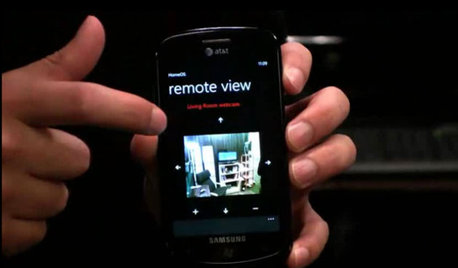
HOME TECHDoes Your Home Need an Operating System?
New technologies hope to unify the lawless frontier of home-automation products. Would they work for you?
Full Story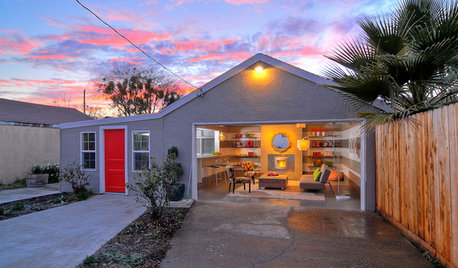
MORE ROOMSBehind a Garage Door, a Family Fun Room
Designer Kerrie Kelly's secrets to this low-budget garage makeover: a soothing palette, horizontal stripes and dashes of color
Full Story
DREAM SPACESDesign Workshop: The Case for Big Overhead Doors
Garage-style doors are cost-effective solutions for opening rooms to dream views and fresh air — and they’re more stylish than ever
Full Story
GREAT HOME PROJECTSHow to Replace or Revamp Your Garage Doors
Boost curb appeal and maybe even security with new garage doors. Find out cost ranges and other important details here
Full Story
KITCHEN DESIGNKitchen of the Week: Pushing Boundaries in a San Francisco Victorian
If the roll-up garage door doesn’t clue you in, the blue cabinets and oversize molding will: This kitchen is no ordinary Victorian galley
Full Story
DESIGN DICTIONARYSectional Door
Sliding up like garage doors and letting in light like windows, sectional doors show interior flair
Full Story0
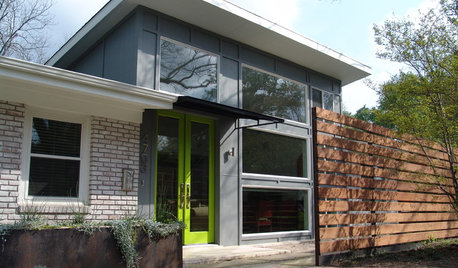
FRONT DOOR COLORSFront and Center Color: When to Paint Your Door Green
Fresh, fun and a pleasant surprise on a front door, green in subtle to strong shades brings energy to home exteriors
Full Story
GARAGESNot Just for Cars: Garage Doors for the Home
See how the nontraditional use of a garage door could transform your living space
Full Story
GARAGESAutomotive-Related Architecture: Modern Garage Doors
Sleek Glass and Wood Garage Doors Have Appeal Both Outdoors and In
Full Story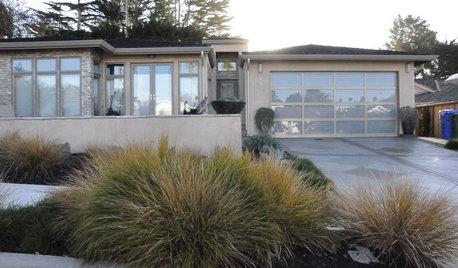
GARAGESA New Look for the Overlooked Garage Door
Aluminum, Glass and Wood Bring the Garage Into Your Architecture
Full StoryMore Discussions







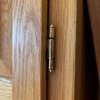
don_1_2006
bus_driverOriginal Author
Related Professionals
Parkland Home Remodeling · Terrell Kitchen & Bathroom Remodelers · Wilmington Kitchen & Bathroom Remodelers · Bel Air General Contractors · De Luz General Contractors · DeKalb General Contractors · Exeter General Contractors · Monroe General Contractors · Pepper Pike General Contractors · San Carlos Park General Contractors · Greensboro Painters · Roseville Painters · Orange County Painters · Panama City Beach Painters · Pensacola Paintersdon_1_2006
bus_driverOriginal Author
don_1_2006
westom
bud_
bus_driverOriginal Author
don_1_2006
westom
westom
bus_driverOriginal Author
bud_
bus_driverOriginal Author
bud_
westom
bud_
westom
bud_
bus_driverOriginal Author